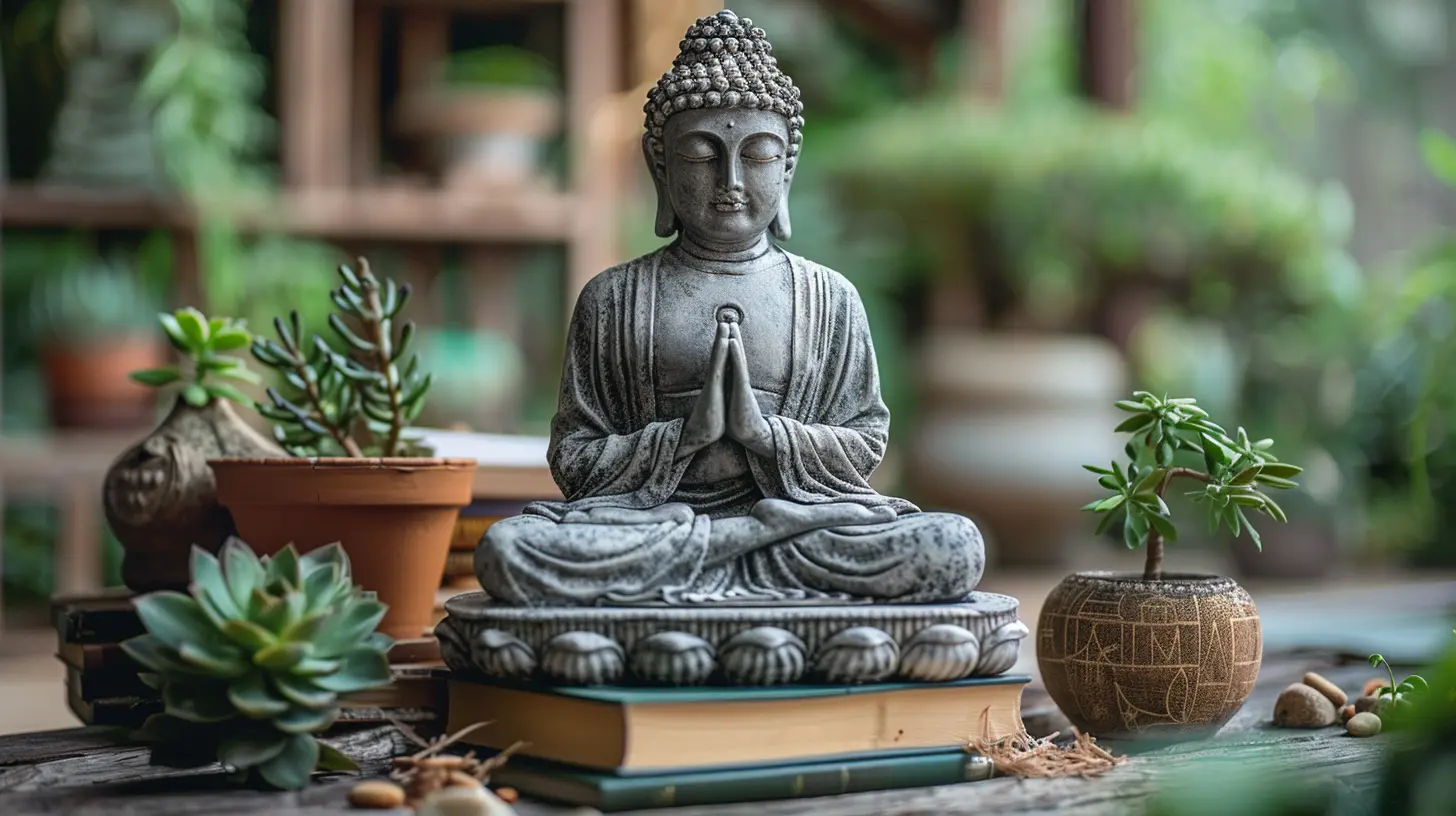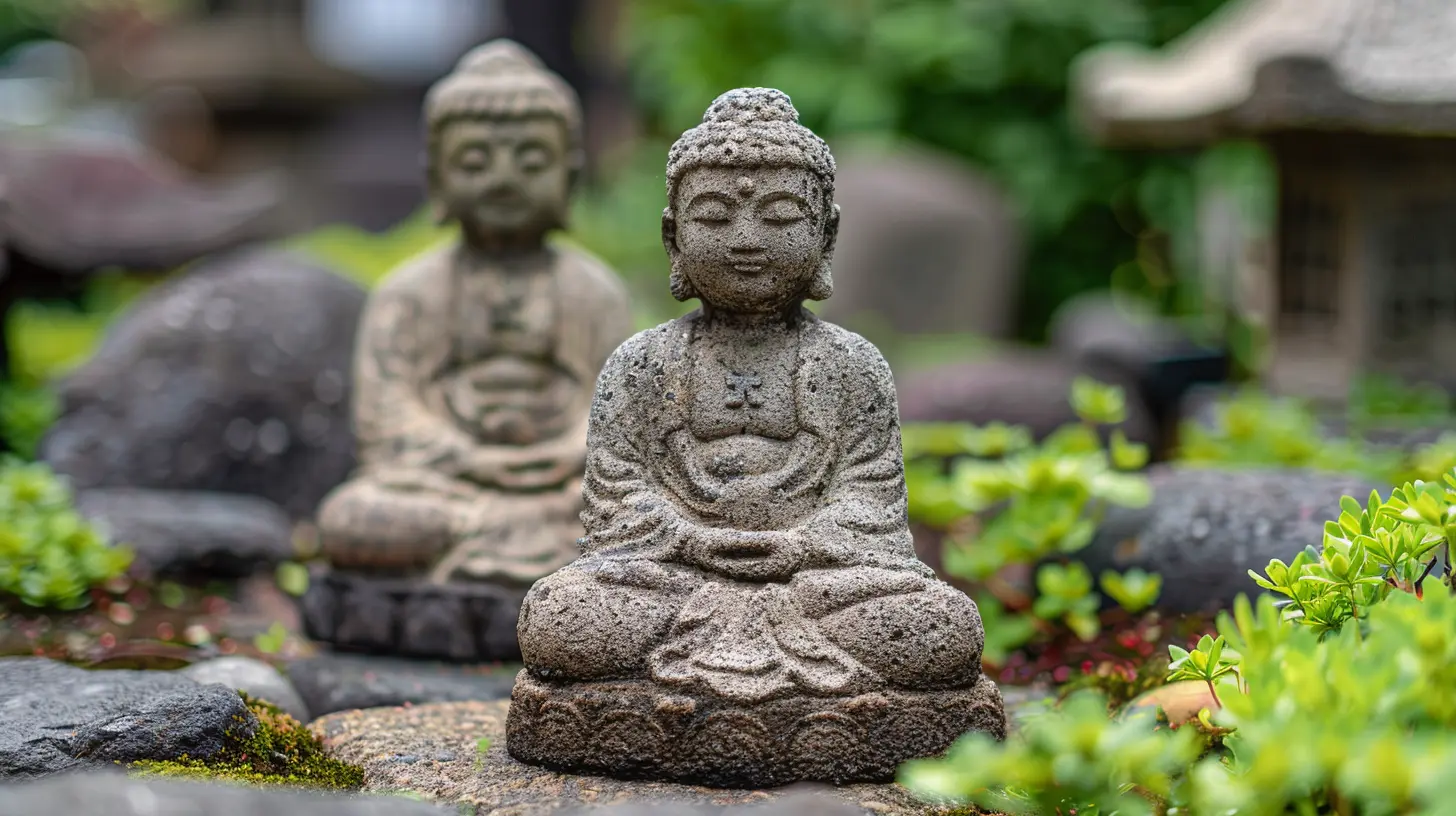Meditation for Beginners: The Journey to Mindfulness
16 June 2025
Meditation—it’s one of those things we all hear about but often struggle to start. Maybe you’ve tried sitting in silence for a few minutes, only to feel restless or distracted. Or perhaps you think meditation is only for yogis and monks. But here’s the truth: meditation is for everyone.
If you’ve been curious about mindfulness and how to calm your busy mind, this guide is for you. No complicated techniques. No sitting for hours on end. Just simple, practical steps to help you start meditating and create a habit that sticks. 
What Is Meditation?
At its core, meditation is simply the practice of training your mind to focus and redirect your thoughts. Think of it like going to the gym—but for your brain. Instead of lifting weights, you’re strengthening your ability to focus, stay present, and manage stress.There are many different types of meditation, but for beginners, mindfulness meditation is one of the easiest to start with. It involves paying attention to your breath, thoughts, and surroundings without judgment. 
Why Meditate? (The Benefits Are Real!)
If you’re skeptical about meditation, you’re not alone. But science backs up what ancient traditions have been saying for centuries: meditation can transform your mind and body.Here’s why you should give it a shot:
Reduces Stress and Anxiety
Ever feel like your brain won’t shut off? Meditation helps quiet that mental noise, reducing stress and anxiety. Studies have even shown that regular meditation can lower cortisol levels—the hormone responsible for stress.Improves Focus and Concentration
Struggling to stay on task? Meditation strengthens your attention span, making it easier to focus at work, school, or even while reading a book.Promotes Emotional Well-Being
Meditation helps you become more aware of your thoughts and emotions, making it easier to manage negativity and cultivate a more positive mindset.Enhances Sleep Quality
If you’re tired of tossing and turning at night, meditation can help. It relaxes your nervous system, making it easier to fall asleep and stay asleep.Supports Physical Health
Meditation isn’t just good for your mind—it benefits your body too. It can help lower blood pressure, boost your immune system, and even reduce chronic pain.
How to Start Meditating (A Beginner’s Guide)
The idea of meditation might sound intimidating, but it’s actually super simple. You don’t need fancy cushions, incense, or a silent retreat in the mountains. Just follow these steps, and you’ll be meditating in no time.1. Find a Quiet Space
You don’t need complete silence, but a peaceful environment helps. Whether it’s your bedroom, a quiet park, or even your car, choose a place where you won’t be easily disturbed.2. Get Comfortable
Sit in a way that feels natural to you. You can sit cross-legged on the floor, in a chair, or even lie down if that’s more comfortable. The key is to keep your back straight but not stiff.3. Set a Time Limit
When you’re first starting out, 5 to 10 minutes is enough. As you get more comfortable, you can gradually increase the duration.4. Focus on Your Breath
Close your eyes and take a deep breath in. Feel the air filling your lungs. Then exhale slowly. Focus on the rhythm of your breathing. If your thoughts wander (which they will), gently bring your attention back to your breath.5. Acknowledge Your Thoughts
Your mind will drift. That’s normal! Instead of getting frustrated, simply notice the thought and let it go—like watching clouds pass in the sky. Then return to your breath.6. End Gently
When your timer goes off, don’t rush to open your eyes and get up. Take a moment to notice how your body feels. Stretch, take a deep breath, and carry that sense of calm into your day.
Common Meditation Mistakes (And How to Avoid Them)
Starting meditation isn’t always smooth sailing. Here are some common mistakes beginners make—and how to fix them.Thinking You Have to “Clear Your Mind”
One of the biggest misconceptions about meditation is that you must have a completely empty mind. That’s impossible! Meditation isn’t about stopping thoughts—it’s about observing them without getting caught up in them.Expecting Instant Results
Like any skill, meditation takes time to master. You won’t suddenly become a Zen master overnight. Be patient and consistent, and you’ll start to notice changes.Judging Yourself
It’s easy to feel like you’re “bad” at meditation if your mind constantly wanders. But there’s no such thing as failing at meditation. Every time you bring your focus back, you’re strengthening your mindfulness muscle.Not Being Consistent
Meditation works best when practiced regularly. Even just a few minutes a day can make a big difference. Try to make it a daily habit—like brushing your teeth.Different Types of Meditation to Try
Mindfulness meditation is a great starting point, but there are plenty of other techniques you can explore.Guided Meditation
A teacher or app walks you through a meditation session, making it easier to stay focused. Perfect for beginners who struggle with silence.Body Scan Meditation
This involves focusing on different parts of your body, releasing tension as you go. Great for relaxation and stress relief.Loving-Kindness Meditation
This practice involves sending positive thoughts to yourself and others. It helps cultivate compassion and gratitude.Mantra Meditation
Repeating a soothing word or phrase (like “peace” or “I am calm”) can help keep your mind focused.Walking Meditation
If sitting still is tough, try meditating while walking. Focus on each step, your breathing, and the sights around you.Creating a Meditation Routine That Sticks
Starting is one thing—sticking with it is another. Here’s how to make meditation a long-term habit:- Attach It to an Existing Habit – Meditate after brushing your teeth, before bed, or as soon as you wake up. Connecting it to a routine makes it easier to remember.
- Schedule It – Set a reminder on your phone or block time on your calendar. Treat it like an important appointment.
- Keep It Short – You don’t need to meditate for an hour. Even 5 minutes a day can make a difference.
- Use an App – Apps like Headspace, Calm, and Insight Timer offer guided meditations, timers, and reminders.
- Be Kind to Yourself – Some days will be easier than others. If you miss a day, don’t stress—just pick it up again the next day.
Final Thoughts
Meditation isn’t about being perfect; it’s about being present. It’s a simple but powerful tool that can transform your well-being—mentally, emotionally, and physically. The hardest part is starting, but once you make it a habit, you’ll wonder how you ever lived without it.So, take a deep breath, find a quiet spot, and begin your journey to mindfulness today.
all images in this post were generated using AI tools
Category:
MindfulnessAuthor:

Holly Ellison
Discussion
rate this article
2 comments
Phaedron Kane
Great overview for beginners! Meditation can feel challenging at first, but it's a rewarding practice that fosters mindfulness and inner peace. Consistency is key—start small and be patient with yourself as you progress.
June 23, 2025 at 4:26 AM

Holly Ellison
Thank you for your thoughtful comment! I'm glad you found the overview helpful. Consistency and patience truly make a difference in the meditation journey.
Zariah McMichael
Great tips! Excited to start my mindfulness journey through meditation!
June 22, 2025 at 3:27 AM

Holly Ellison
Thank you! I'm glad you found the tips helpful. Wishing you a rewarding journey into mindfulness!


